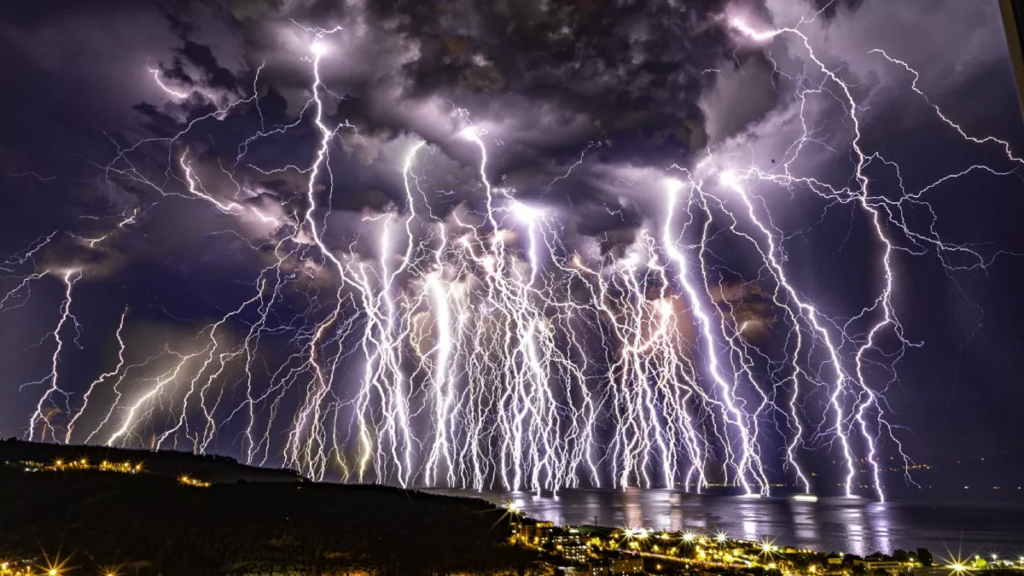The search for the lost OceanGate Titan submarine, which descended to the Titanic debris, dominated the news this week. Tragically, the U.S. Coast Guard verified that wreckage recovered near the sunken ocean liner was part of the missing sub and that it experienced a “catastrophic implosion,” killing five sailors.
This week, science exercised your brain cells elsewhere. The exciting discovery of an exotic new state of matter made of excitons; extraordinary research on the cosmological constant problem, which suggests the expansion of the universe may be an illusion; and the discovery that your brain is filled with mysterious spiral signals that may be key to cognition.
The world’s oldest penis decoration is 42,000 years old, while Asia’s tallest tree is 335 feet (102 meters).

This week, we heard about an armored ankylosaur that suggests a previously unknown migration, a massive sea monster killed in one bite, and fossils washed ashore after New Zealand’s catastrophic storm Gabrielle.
In health news, we learned that Dupuytren’s illness, commonly known as “Viking’s disease,” is derived from Neanderthals and where the credit card’s worth of microplastics we breath every week go.
This is only a sample of Live scientific’s clear, authoritative, and humorous scientific news. Visit the site daily, follow us on Facebook, Twitter, and Instagram, and sign up for our daily email below.
Turkey’s strong thunderstorm produced this stunning time-lapse shot of over 100 lightning bolts. Cloud-to-cloud, cloud-to-ground, and cloud-to-water lightning are seen.
Astrophotographer Uğur İkizler produced the electric scene by merging photos taken over 50 minutes, with lightning strikes occurring every 30 seconds.
“Each and every one of them is beautiful, but when I combined all the lightning bolts into a single frame, it was a frightening sight,” İkizler told Live Science via email. “Magnificent visual feast,” he said about the thunderstorm.
Our sun appears peaceful and stable from Earth, yet it changes throughout an 11-year cycle from a uniform sea of fire to a chaotic mess of distorted plasma.
The sun’s magnetic field tangles like a ball of tightly coiled rubber bands until it snaps, changing its north pole into its south pole. The solar maximum, with soaring sunspot numbers, unusual plasma formations, and massive solar storms, precedes this massive reversal. Solar storms may interrupt communications, power infrastructure, and bring satellites crashing toward Earth.
Some experts believe the next solar maximum may arrive sooner and be more powerful than expected, and we are unprepared.
